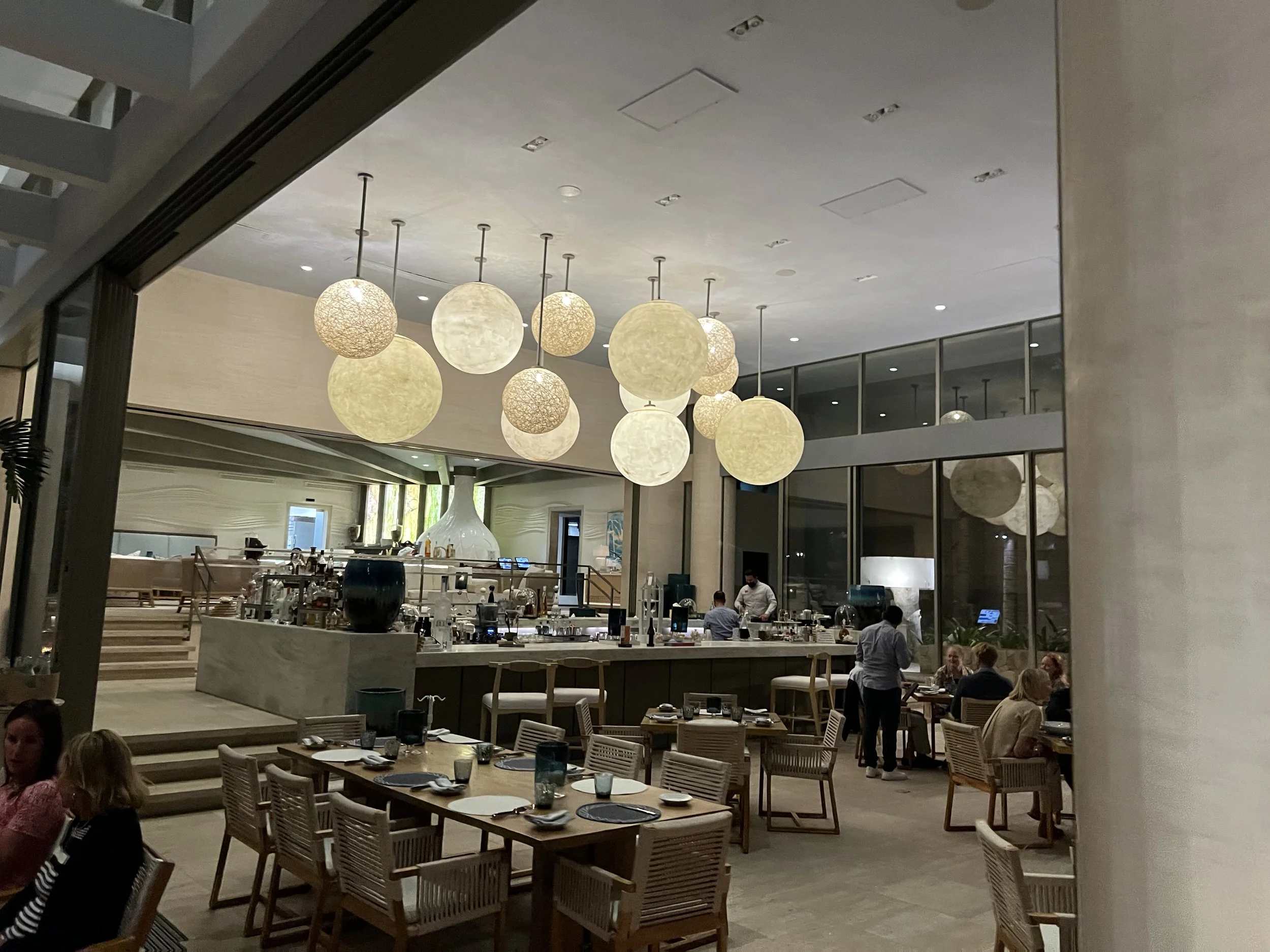This Week in Bridge
(423) Delayed Splinters in 2/1 GF Auctions
© AiB Robert S. Todd
Level: 7 of 10 (3 of 6) robert@advinbridge.com
General
Splinters are some of the most useful bids in bridge. These bids simultaneously set trump, usually agreeing to partner’s suit, and describe our strength and distribution while showing our shortness.
Most players are familiar with traditional (immediate) splinters by Responder.
Example 1
1♠ 4♦* usually 11-14 HCP, 4+♠, 0-1 cards in ♦
But splinter bids can be used in many other situations to show a fit and shortness. These splinters allow partner to re-evaluate their hand for wasted values/fitting cards and better determine how many tricks our combined hands might take. This allows us to investigate slam with fewer than the normally required HCP. Many of these “non-traditional” splinters happen later in the auction than Responder’s first bid and thus are frequently called Delayed Splinters. Let’s look at some of these useful delayed splinters.
Delayed Splinters in 2/1 Auctions
Responder’s Splinters
Responder’s traditional splinters (in response to 1M openings) show 4+card support and game-forcing but limited values. When we have a similar hand with 3-card support opposite a 1-Major opening, we usually start with a 2/1 GF bid and then splinter on our next call if possible. This distinguishes 3-card from 4-card trump support and allows partner to know more precisely what we hold.
Example 2
1♠ 2♦
2♠ 4♣
3-card ♠, 0-1♣, Slam Try, 12+ HCP
Example 3
1♠ 2♦
2♥ 4♣
4-card ♥, 0-1♣, Slam Try, 12+ HCP
Opener’s Splinters
In 2/1 GF auctions, the Opener can splinter in support of partner’s suit they have a fit and shortness. This Opener splinter does not promise significant extra values, just a hand that we would not be embarrassed to have opened.
Example 4
1♠ 2♦
3♥
4+card ♦, 0-1 ♥
This usually makes ♦ the trump suit, although since Responder could have 3-card support for ♠, then ♠ could still be a possible “better” fit -- Majors are better than minors.
Note: 2♥ would show 4+card♥ suit and be unlimited in values (since we are in a GF auction). Thus, we can use 3♥ (a simple jump shift, not a double jump shift) to show shortness.
Conclusion
Splinters are some of the best slam exploration tools in bridge – they are used to show a fit, shortness, and slam interest all in one bid. It is important that we communicate all this information since these bids eat up a tremendous amount of valuable bidding space. You will find that making a splinter simplifies the auction for you, by fully describing your hand, and leaves partner well-placed to judge the final contract. You should try to find and take advantage of as many of these valuable splinter bids as you and your partner can agree upon!

